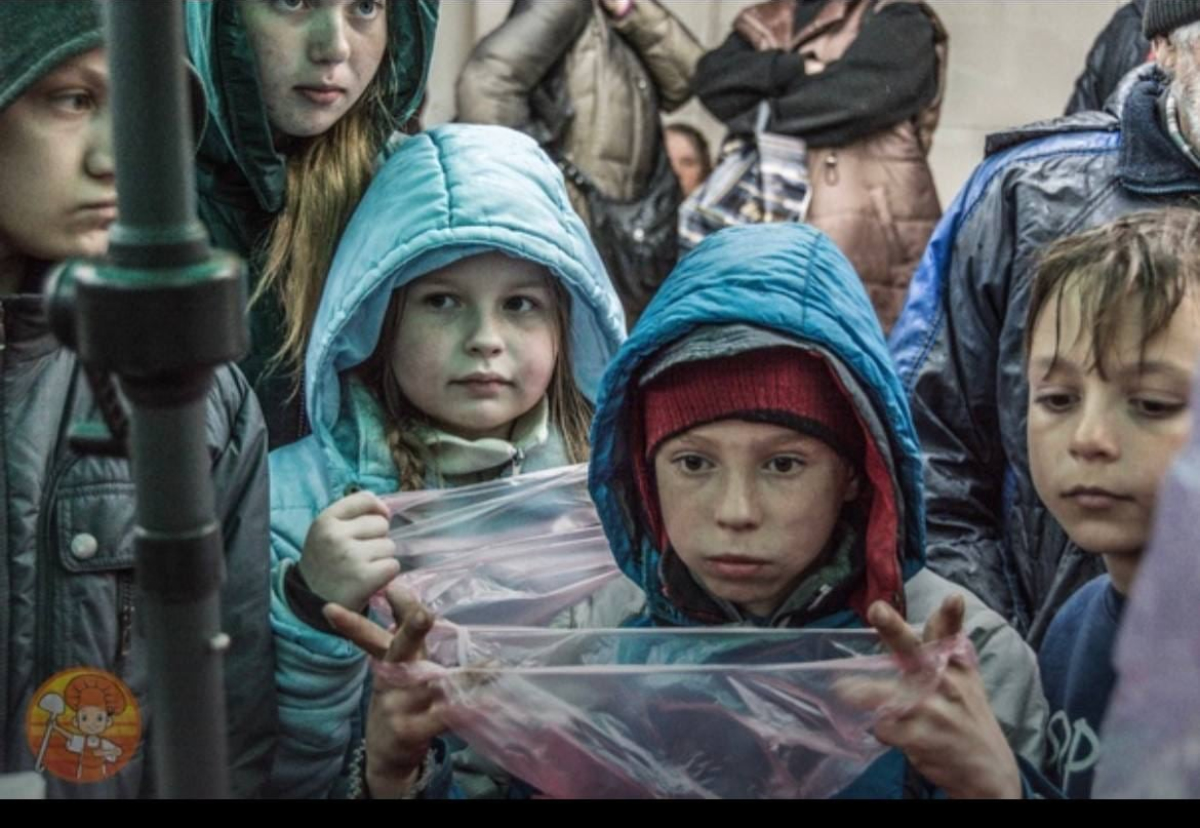According to the UN forecasts, nearly 20 countries will face increased food shortages in the next six months. The analysis shows that conflicts, political violence, extreme weather conditions, and economic disruptions are the main reasons for the potential hunger. Let’s further examine these countries in terms of threat categories and key factors exacerbating the situation.
Countries at Highest Risk of Catastrophic Hunger
This category includes states where the population is already suffering from extreme food shortages, and the situation is becoming increasingly critical.
- Sudan: Due to prolonged conflict and disruptions in food systems, hunger here is reaching catastrophic levels. Floods and limited access to humanitarian aid further exacerbate the situation.
- South Sudan: In addition to internal conflicts, the country is facing climate changes that destroy crops and hinder access to food.
- Mali: Prolonged instability and armed conflicts have led to a severe food crisis in Mali.
- Haiti: Political instability and high levels of violence have resulted in catastrophic hunger. Due to the economic crisis and lack of stable supply channels, a significant part of the population faces extreme food shortages.
Countries of Great Concern
The next group of states is experiencing critical food insecurity, which is exacerbated by active conflicts, political crises, and economic problems.
- Chad: Internal conflicts and instability make the situation in Chad particularly precarious, where the population is in urgent need of assistance.
- Nigeria: Persistent attacks by armed groups are leading to displacement of people and reduction in agricultural production.
- Mozambique: Conflicts in the north of the country, along with climatic factors such as droughts and cyclones, are negatively affecting food security.
- Syria: Prolonged war, economic collapse, and external sanctions have put millions of Syrians in a difficult situation regarding access to food.
- Yemen: Civil war and infrastructure destruction have led to the largest food crisis in the region, where nearly half of the population suffers from food shortages.
Countries where the hunger situation is rapidly deteriorating
In this category are countries facing significant threats to food security due to extreme weather conditions and reduced agricultural production.
- Namibia: Due to extreme weather events, including droughts, Namibia has been listed for the first time as a high-risk hunger country.
- Lesotho: Decreased crop yields due to climate changes make the food situation precarious, as many families rely on crops as their main source of food.
- Kenya: Drought and depletion of land resources are exacerbating the food crisis in the region.
- Niger: With decreasing agricultural production and increasing numbers of internally displaced persons, the food situation is becoming increasingly critical.
- Burkina Faso: Conflicts and climate changes have worsened access to food, putting a significant part of the population at risk.
Causes and possible consequences of the global food crisis
The main factors of the food crisis remain armed conflicts, political instability, climate change, and economic shocks. Due to frequent catastrophic weather events, such as droughts and floods, countries face difficulties in crop cultivation, significantly reducing food availability. According to forecasts, increased hunger may lead to mass population displacement and increased cross-border migration, which in turn will affect other countries and exacerbate regional humanitarian crisis.
The current food situation in the world requires immediate response and development of international support strategies. If countries do not receive the necessary humanitarian aid and resources to strengthen food systems, the number of people suffering from hunger will rapidly increase.


